Beginning a garden activity has all the potential thrills and nerve-wracking difficulties for any person. As you develop, the grass becomes a magnificent garden filled with flowers, fruit trees, vegetable plots, raised beds, and garden art. Below, we learn about garden planting calendars in India, planting calendars for vegetables, fruits, herbs, and flowers, month wise gardening guide and planting chart for different fruits, flowers, herbs, and vegetables.
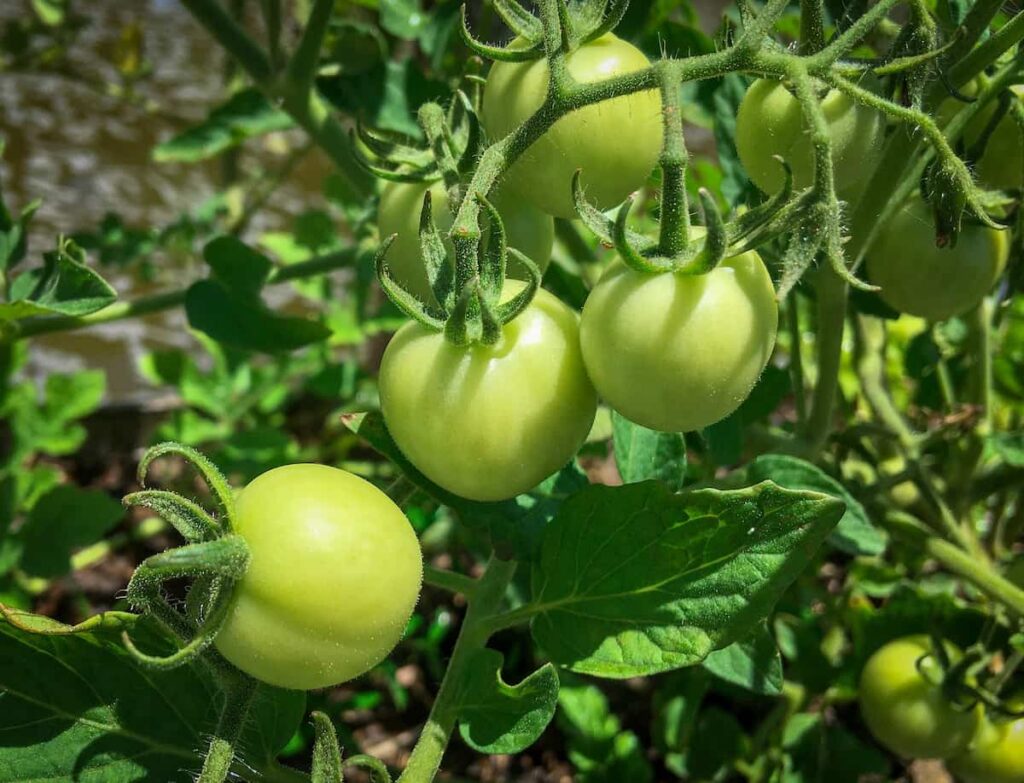
Garden Planting Calendar in India
The best month to plant vegetables in India
Vegetables, whether sown directly in the ground outside or in a heated greenhouse, are best for maximum tenderness and taste when sown and harvested at the peak of their season. Depending on the weather, wide beans may need to be planted sooner than other vegetables between March and May. Most harvests start in the middle of the summer. But other vegetables like beans, radishes, carrots, and potatoes can be harvested earlier.
Remember that certain vegetables, like cabbages, beets, leeks, brussels sprouts, and parsnips, need more time to mature before they can be harvested. Depending on weather and plant growth, later-ripening vegetables can be harvested into the new year. Some crops, such as tomatoes, should be planted inside and transplanted outdoors. Tomatoes, sweet corn, and cabbage all have tough skins and need this process. Summer is ideal for cultivating vegetables. The Indian summer sun is harsh, yet some vegetables can thrive in this climate if given enough time in the day.
Fruits that grow fast in India
Tropical and subtropical regions with high humidity and mild temperatures are ideal for Guva trees. Propagation by cuttings or grafting is preferable to seeding. Some well-known types of guava include the Chittidar, Hafshi, Allahabad Safeda, Harijha, and Allahabadi Gurkha. Its maximum height is roughly 10-12 feet, and its spread is around 15 feet. Papaya is cultivated from a small, multi-trunked tree. In about 9–11 months, a papaya tree will start producing a bounty of delicious fruit.
In India, the Sitafal tree is quickly spreading its fruiting canopy. Its fruits are velvety to the touch, with tasty flesh and small black seeds. The greenish-yellow fruits are typically between 5 and 12 cm in diameter. The mulberry bush is up next. Being so sturdy required little upkeep. It takes a fruit tree ten years to develop from seed. Therefore, the grafting method is suggested for this tree to mature quickly and produce early fruits.
Another hardy and resilient fruit tree is the ber. The fruit is sometimes known as an Indian plum. You can plant this tree in a hot or cold climate, and it will thrive. It requires little in the way of maintenance. Fruiting peach trees thrive in the milder temperatures in places like Jammu and Kashmir, Uttarakhand, Meghalaya, etc. However, some historical varieties of peach trees can begin bearing fruit as soon as a year after planting.
Regarding fruits, bananas are among the most well-liked all across the world. For the simple reason that it tastes great and does your body good. These fruit trees in India tend to mature rapidly. The height of the deciduous fig tree can range from 7-10 meters. Cuttings and root suckers make it easy to spread plants. Figs have a crisp seed in the center of juicy flesh.
Herbs that can be grown indoors in India
Many people want a large garden, but limited land prevents its realization. You can grow a few easy-to-care-for herbs and greens inside if you have a small balcony or a window sill. Herb gardening in the house is a breeze. India’s moderate climate is ideal for herb growth. It’s best to begin with, herbs like thyme, mint, and basil. Sow the seeds somewhere where they will get filtered light, such as a windowsill.
What can I plant in February in India?
Winter officially ends in February. This month, you can harvest a bounty of fruits, vegetables, and flowers. The month of February is often referred to as “spring gardening.” Although certain plants need a warmer environment to thrive, others can be successfully cultivated in both a greenhouse and conventional indoor settings despite the cold weather. In February, plants that thrive under cloches include broad beans, lettuce, green salad onions, carrots, early beetroots, peas, radishes, spinach, and summer cabbage.
If the soil is not frozen in February, hardy board beans and other outdoor vegetables can be planted. Vegetables and crops that can be started inside or in a greenhouse in February include early potatoes, cucumbers, tomato seeds, brassicas, peas, basil, cauliflower, and sweet peppers. When the soil is not frozen in February, you can plant red currants, raspberry canes, white currants, black currants, and blackberries. Bare-root strawberries, apricots, peaches, nectarines, and gooseberries grow best in February.
What are winter vegetables in India?
Broccoli, cabbage, leek, pea, collard, garlic, asparagus, parsley, spinach, chive, radish, turnip, Brussels sprouts, rhubarb, kale, onion, and kohlrabi are all examples of hardy vegetables that can be grown in India throughout the winter. Chinese cabbage, parsnip, cauliflower, carrot, globe artichoke, potato, lettuce, bitter gourd, celery, leaf beet, bottle gourd, and capsicum/bell pepper are all examples of vegetables that are only partially hardy or tolerant.
Despite the frost, asparagus and rhubarb can be harvested successfully. High temperatures (20-27°C) are ideal for growing carrots and celery, two crops that are not frost-resistant yet thrive under other conditions.
When should I plant tomato seeds in India?
The planting seasons for winter crops are June and July, while spring and summer crops are planted in October and November. For best results when planting hills, wait until March or April. Tomato plants are started inside as seedlings and then moved to outdoor plots. The height of the mattresses on the three by 0.6-meter beds is between fifteen centimeters to a meter. About 70 centimeters of space is kept between beds to make it easier to do things like watering, weeding, and fertilizing.
Which fruits grow in which season in India?
- Summer fruits in India: watermelon, papaya, plum, blackberries, muskmelons, and mango.
- Spring fruits in India: lychee, strawberries, pineapple, jackfruits, and cherries.
- Rainy season fruits in India: pomegranate, pear, peach, Jamun, apple, and custard apple.
- Winter fruits in India: guava, figs, Chiku, grapes, orange, kiwi, and dates.
When should I plant basil in India?
Plant some basil seeds in a tiny pot on a sunny window sill in early spring, around February or March. The seedlings should be repotted into a bigger container in April. Basil leaves the main ingredient in the flavorful pesto, are often used in pasta dishes, salads, and curries.
Which flower plant is good for a home in India?
The Peace Lily, as it is often called, is a beautiful and calming flower. Among India’s many beautiful native houseplants, the Peace Lily stands out as the most spectacular. As with other houseplants, the Peace Lily needs little attention. The Peace Lily is a massive plant with big green leaves and pure white blossoms. Watering it at the right time is as easy as looking at the sun. When a Peace Lily needs water, its leaves may droop.
In case you missed it: How to Grow Kiwi in USA: A Farming and Production Guide to Planting to Harvesting for Beginners
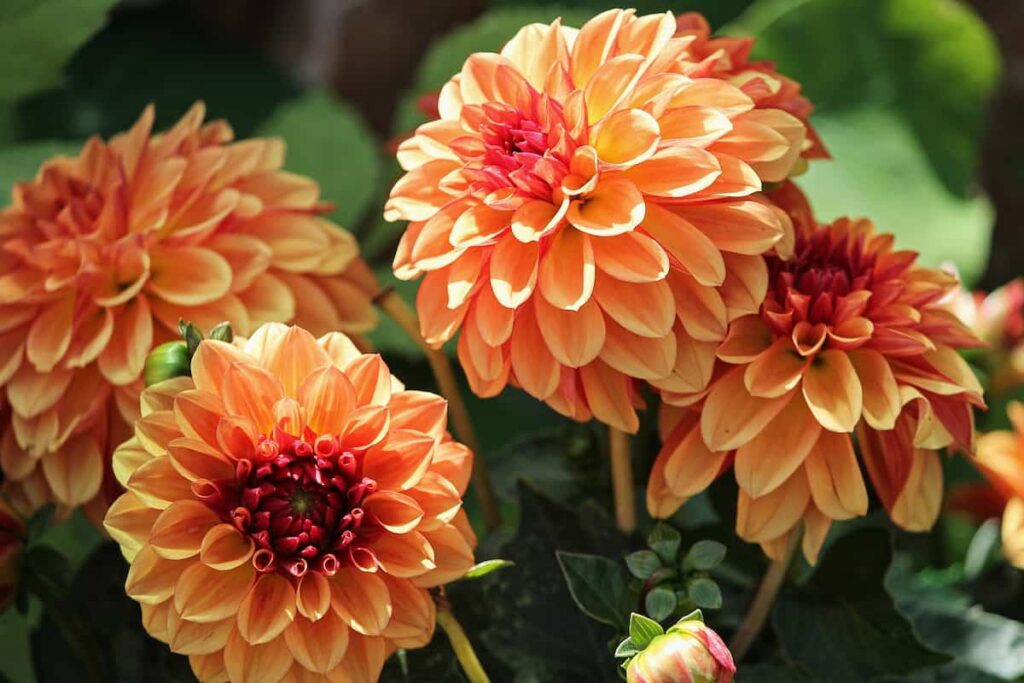
However, families with pets may want to look elsewhere. Animals can get ill by ingesting flowers of a peaceful lily. Cats and dogs often engage in the activity of chewing plants. However, this habit can be harmful if the animals ingest the plant matter. The blossoms should be protected by being kept out of reach.
Which flower blooms all year round in India?
Bougainvillea is among the most difficult plants to care for. To obtain the most sunlight, this plant may often be seen growing in the center of the road or on a divider in India. Its flowery style hasn’t changed at all. The papery quality of the blooms adds to their beauty. They thrive in containers and need little attention from the grower, but the end product is breathtaking.
Vegetable planting garden calendar/guide/chart/schedule for India
Vegetable planting calendar for North India and South India
| Vegetable | North India-growing season | South India-growing season | Germination temperature (degrees C) | Days to maturity |
| Corn | Oct to Nov | Sept to Oct | 10 | 70 to 85 days |
| Pumpkin | Jan to Mar, Sep to Dec, May to June | June to July, Dec to Jan | 20 to 35 | 60 to 100 days |
| Potato | Oct to Dec | Oct to Dec | 4 | 70 to 75 days |
| Cauliflower (early) | Mid-June | June to July. Aug to Sep | 25 to 27 | 70 to 120 days |
| Cauliflower (late) | Aug to Sep Oct | June to July | 16 to 20 | 120 to 125 days |
| Cauliflower (midseason) | Jun to July, Aug to Sept | June to July, Aug to Sep | <16 | 120 to 125 days |
| Turnip | Oct to Nov | Oct to Nov | 15 to 35 | 120 to 125 days |
| Tomato | June to Aug, Nov to Dec | Jan to Feb, June to July, Oct to Nov | 20 to 30 | 40 to 50 days |
| Spinach | Sept to Nov, Feb | Sept to Nov | 10 to 22 | 110 to 115 days |
| Radish | Aug to Jan | –it depends– | 10 to 30 | 60 days |
| Peas | Sept to Oct, Nov | Sept to Nov | 10 to 22 | 40 to 45 days |
| Onion | May to June | Mar to April, May to June, Sept to Oct | 10 to 32 | 55 to 60 days |
| Okra | Feb to March, June to July | Jan to Feb, May to June, Oct to Dec | 20 to 32 | 150 to 160 days |
| Lettuce | Sept to Oct | Oct to Dec | 7 to 27 | 45 to 50 days |
| Beans | Feb to Mar | — | 16 to 30 | 45 to 55 days |
| Cucumber | Feb to Mar, June, July | June to July, Sept to Oct, Dec to Jan | 16 to 32 | 45 to 50 days |
| Carrot | Aug to Oct | Aug to Nov | 10 to 30 | 50 to 70 days |
| Capsicum | Nov to Jan, May to June | Jan to Feb, May to June, Oct to Nov | 15 to 25 | 75 to 80 days |
| Cabbage | Sept to Oct | June to July, Oct to Nov | 10 to 20 | 95 to 100 days |
| Broccoli | Aug to Sept | Aug to Sept | 21 to 23 | 90 to 100 days |
| Bottle gourd | Feb to Mar, June to July | Nov to Dec, Dec to Jan, Jun to July | 20 to 30 | 90 to 100 days |
| Bitter gourd | Feb to Mar, June to July | Nov to Dec, Dec to Jan, Jun to July | 20 to 30 | 55 to 60 days |
| Beetroot | Oct to Nov | Aug to Nov | 10 to 30 | 55 to 60 days |
| Apple gourd | Feb to Mar, June to July | Feb to Mar, June to July | 20 to 30 | 80 to 90 days |
| Eggplants | June to July, Apr | June to July, Nov, Apr | 22 to 30 | 120 to 130 days |
In case you missed it: Medicinal Plants Growing Season Chart in India: Sowing Guide, Germination, and Planting Calendar
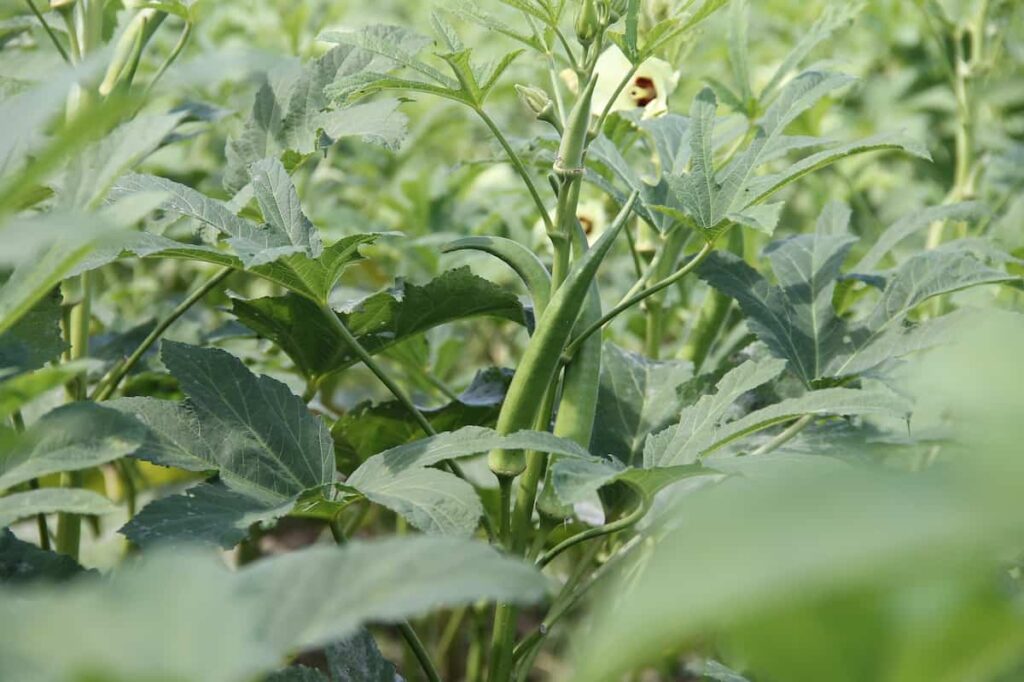
Fruit garden planting calendar/guide/chart/schedule for India
| Fruits | Sowing time | Germination time |
| Watermelon | Feb to Mar (in the north), Year-round (in the south) | 6 to 7 days |
| Banana | June to July, Oct to Nov | 2 to 3 weeks |
| Orange | Dec to Feb, Oct to Mar | 6 to 8 weeks |
| Pineapple | July to Sep | About six months |
| Lychee | Aug to Sep | 1 to 4 weeks |
| Mango | Aug to Oct | 2 to 4 weeks |
| Strawberry | Sep to Oct | Seven days to 6 weeks |
| Grapes | Feb to Mar, Dec to Jan | 10 to 15 days |
| Custard apple | April to May | Three weeks |
| Sapota | June to Dec | 2 to 4 weeks |
| Lemon | June to July | Know |
| Kinnow | Aug to Oct | 7 to 14 days |
| Mosambi | Aug to Sep, April to May | 3 to 4 weeks |
| Papaya | Feb to Mar, June to July, Oct to Nov | 2 to 3 weeks |
| Pear | June to Dec | 2 to 4 weeks |
| Peach | Late Jan | 1 to 3 months |
| Apple | Jan to Feb | Around 30 days |
| Figs | Jan to Feb (north India), Aug to Sep (south India), June to July (western India) | 1 to 2 weeks |
| Plums | January | 10 to 18 days |
| Jackfruit | June to Dec | 3 to 8 weeks |
| Guava | June to Sep | 2 to 8 weeks |
| Pomegranate | June to July, Sep to Feb | 30 to 40 days |
| Apricot | May to June, October | 1 to 2 months |
| Apple ber | July to Aug | 2 to 4 weeks |
| Kiwi | Jan | Around two weeks |
| Rambutan | Dec to Jan | 10 to 21 days |
| Persimmons | March to April | 2 to 3 weeks |
| Jamun | Feb to Mar, July to Aug | 10 to 15 days |
| Coconut | May to June | 3 to 6 months |
In case you missed it: Vegetable Companion Chart in India: What to Plant and What Not to Plant
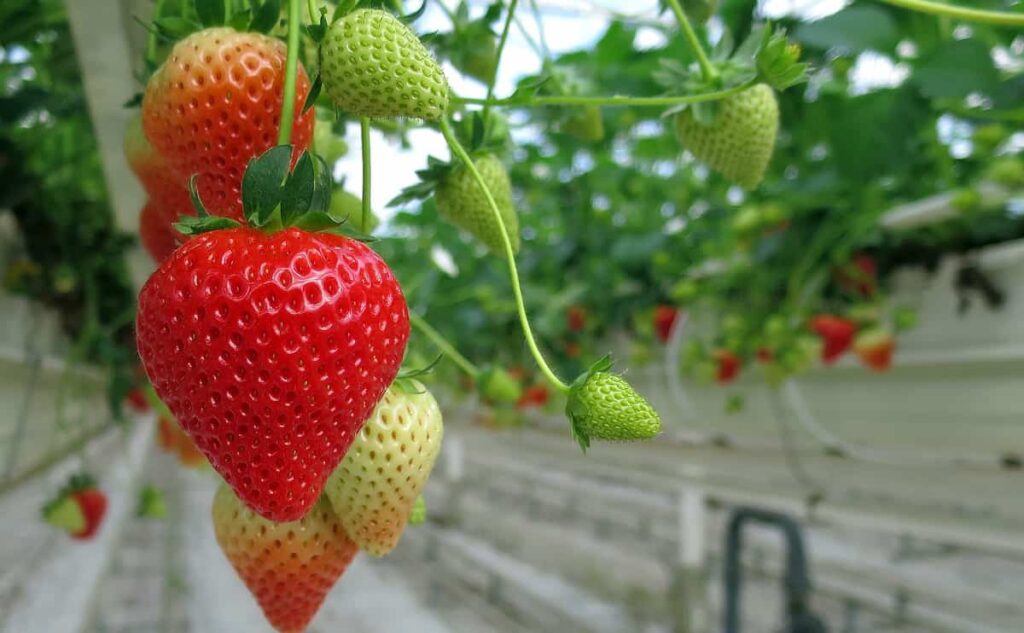
Flower garden planting calendar/guide/chart/schedule for India
| Flowers | Start seeds in these months | Germination time |
| Hibiscus | Mar to May | 2 to 3 weeks |
| Jasmine | Mar to June | 4 to 6 weeks |
| Ageratum | Sep to Nov | 7 to 10 days |
| hollyhock | Sep to Oct | 10 to 14 days |
| Snapdragon | Sep to Nov | 10 to 21 days |
| African daisy | Sep to Oct Mar to Apr | 15 to 20 days |
| China aster | Sep to Oct, July to Aug | 10 to 14 days |
| Cockscomb | Jan to Feb, May to June, Sep to Oct | 7 to 14 days |
| Cornflower | Sep to Oct | 7 to 10 days |
| Spider plant | Sep to Oct, Jan to Feb | 14 to 20 days |
| Indian pink | Sep to Nov | 7 to 14 days |
| Sunflower | Jan to June | 7 to 10 days |
| Balsam | Jan to Feb | 4 to 5 days |
| Forget me not | Sep to Oct | 8 to 14 days |
| Petunia | Aug to Oct | <7 days |
| Phlox | Aug to Oct | 5 to 10 days |
| African marigold | Sep to Oct | 4 to 14 days |
| French marigold | Sep to Oct, Mar to Apr | 7 to 14 days |
| Zinnia | Jan to June | 7 to 10 days |
| Rose | Sep to Oct | 4 to 8 weeks |
| Lotus | Apr to June | < 1 week |
| Dahlia | Apr to Mar | 7 to 10 days |
| Plumeria | Mar to June | 3 to 14 days |
| Lily | June to July | 9 to 18 days |
| daisies | Mar to Apr | 10 to 20 days |
| Iris | Late July to Mid-Aug | 28 to 35 days |
| Pansies | July to Oct | 1 to 3 weeks |
| Poppy | Mar to May | 7 to 14 days |
| Canna | Mar to Apr | 7 to 14 days |
In case you missed it: Low-Cost Hydroponic Farming with Automation: How to Set Up, Cost Effective Tips, and Ideas
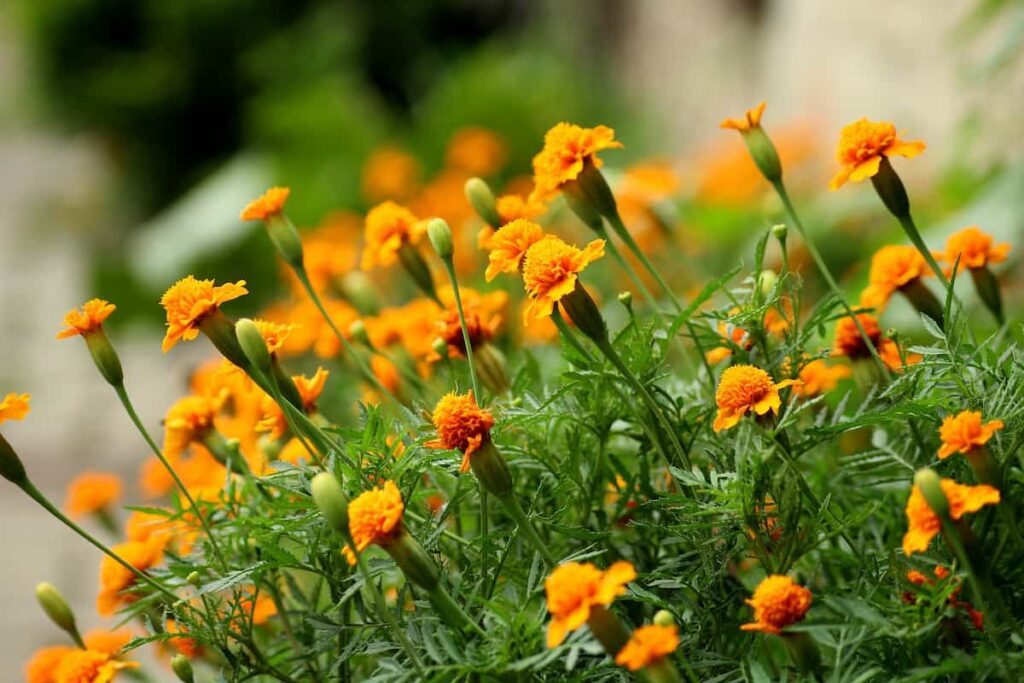
Herbs garden planting calendar/guide/chart/schedule for India
| Herbs | Sowing time | Germination time |
| Cumin | Oct to Nov | 7 to 14 days |
| Coriander | Sept to Oct | 2 to 3 weeks |
| Fenugreek | June to July, October | 3 to 5 days |
| Mustard | Sep to Oct | 7 to 10 days |
| Holy basil | Feb to Mar | 7 to 10 days |
| Ginger | Mar to April | 6 to 8 weeks |
| Turmeric | Mar to Apr | 6 to 10 months |
| Lemon grass | Mar to Apr | Two weeks |
| Parsley | Nov to Jan | 7 to 10 days |
| Sage | Feb to Mar | 10 to 21 days |
| Curry leaves | July to Aug | 10 to 15 days |
| Dill | Oct | 10 to 14 days |
| Mint | Feb to Mar | 7 to 15 days |
| Oregano | Feb to Mar | 1 week |
| Rosemary | Sep to Oct | 15 to 25 days |
| Thyme | April | Up to 4 weeks |
| Tarragon | July to Aug | 10 to 14 days |
| Chives | Mar to July | 7 to 10 days |
In case you missed it: Fish Farming in New Zealand: How to Start, Breeds, Check How this Guide Helps Beginners
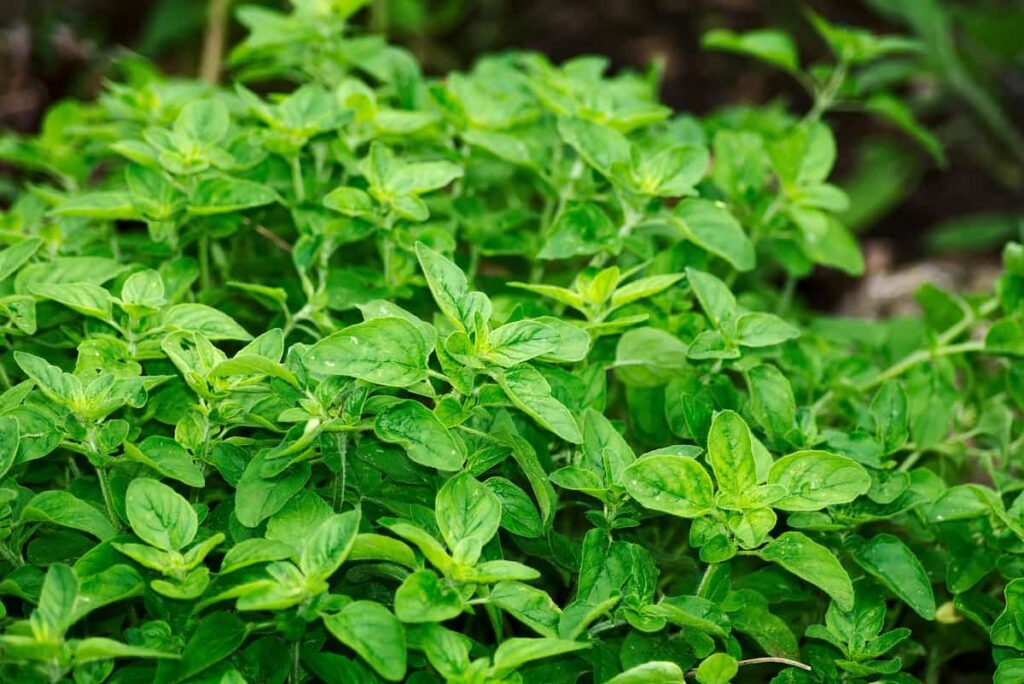
Conclusion
The best and most gratifying gift you can offer your garden is regular, careful attention to the care of its plants. You should take the time to deadhead, weed, trim, and otherwise organize your garden. If a plant seems to be failing to flourish, you should investigate the soil and roots to find out why it isn’t flourishing.
Eliminate the sources of diseases and pests by using the proper protocols. Provide fertilizer and water to your plants periodically.
- Types of Pesticides Used in Agriculture: A Beginner’s Guide
- Economical Aquaculture: A Guide to Low-Budget Fish Farming
- 15 Common Planting Errors That Can Doom Your Fruit Trees
- How to Make Houseplants Bushy: Effective Tips and Ideas
- Innovative Strategies for Boosting Coconut Pollination and Yield
- Pollination Strategies for Maximum Pumpkin Yield
- The Complete Guide to Chicken Fattening: Strategies for Maximum Growth
- Natural Solutions for Tulip Problems: 100% Effective Remedies for Leaf and Bulb-Related Issues
- Revolutionizing Citrus Preservation: Towards a Healthier, Greener Future
- Natural Solutions for Peony Leaf and Flower Problems: 100% Effective Remedies
- Maximizing Profits with Avocado Contract Farming in India: A Comprehensive Guide
- Natural Solutions for Hydrangea Problems: 100% Effective Remedies for Leaf and Flowers
- The Ultimate Guide to Choosing the Perfect Foliage Friend: Bringing Life Indoors
- From Sunlight to Sustainability: 15 Ways to Use Solar Technology in Agriculture
- The Ultimate Guide to Dong Tao Chicken: Exploring from History to Raising
- The Eco-Friendly Makeover: How to Convert Your Unused Swimming Pool into a Fish Pond
- Mastering the Art of Delaware Chicken Farming: Essentials for Healthy Backyard Flocks
- 20 Best Homemade Fertilizers for Money Plant: DIY Recipes and Application Methods
- How to Craft a Comprehensive Free-Range Chicken Farming Business Plan
- Brighten Your Flock: Raising Easter Egger Chickens for Beauty and Bounty
- How to Optimize Your Poultry Egg Farm Business Plan with These Strategies
- Subsidy for Spirulina Cultivation: How Indian Government Schemes Encouraging Spirulina Farmers
- Ultimate Guide to Raising Dominique Chickens: Breeding, Feeding, Egg-Production, and Care
- Mastering the Art of Raising Jersey Giant Chickens: Care, Feeding, and More
- Ultimate Guide to Raising Legbar Chickens: Breeding, Farming Practices, Diet, Egg-Production
- How to Raise Welsummer Chickens: A Comprehensive Guide for Beginners
- How to Protect Indoor Plants in Winter: A Comprehensive Guide
- Ultimate Guide to Grow Bag Gardening: Tips, Tricks, and Planting Ideas for Urban Gardeners
- Guide to Lotus Cultivation: How to Propagate, Plant, Grow, Care, Cost, and Profit
- Agriculture Drone Subsidy Scheme: Government Kisan Subsidy, License, and How to Apply Online
- Ultimate Guide to Raising Araucana Chickens: Breed Profile, Farming Economics, Diet, and Care
- Bringing Hydroponics to Classroom: Importance, Benefits of Learning for School Students
- Ultimate Guide to Raising Polish Chickens: Breed Profile, Farming Economics, Diet, and Care
- Ultimate Guide to Raising Australorp Chickens: Profile, Farming Economics, Egg Production, Diet, and Care
- Silkie Chicken Farming: Raising Practices, Varieties, Egg Production, Diet, and Care
- Sussex Chicken Farming: Raising Practices, Varieties, Egg Production, Diet and Care